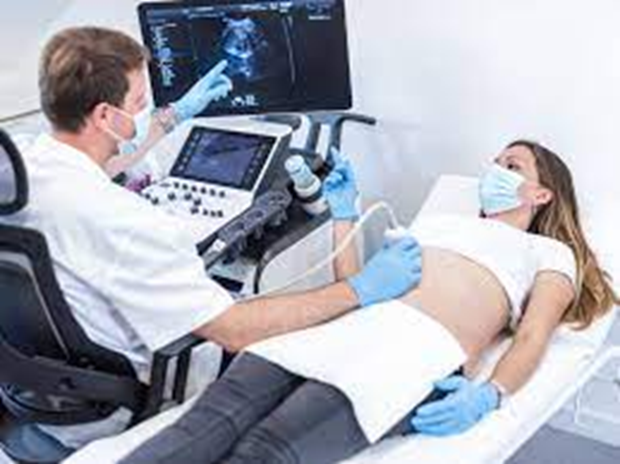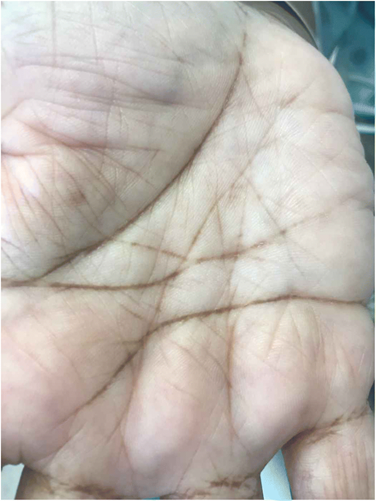A nurse is preparing to administer medication to a preschooler and must convert the child's weight from pounds to kilograms. The child weighs 30 lb. How many kilograms does the child weigh?
(Round the answer to the nearest tenth. Use a leading zero if it applies. Do not use a trailing zero.)
The Correct Answer is ["13.6"]
The correct answer is 13.6 kg.
To convert pounds to kilograms, the formula is weight in pounds divided by 2.2. Given the child's weight is 30 lb, the calculation would be 30 / 2.2 ≈ 13.64 kg. Rounding to the nearest tenth gives us 13.6 kg.
Nursing Test Bank
Naxlex Comprehensive Predictor Exams
Related Questions
Correct Answer is A
Explanation
The correct answer is choice A. Perform a bladder scan.
Choice A rationale:
Performing a bladder scan is the first action the nurse should take before proceeding with intermittent urinary catheterization. A bladder scan assesses the bladder's volume and determines if catheterization is necessary. It helps avoid unnecessary catheterizations, reduces the risk of infection, and promotes patient comfort.

Choice B rationale:
While cleansing the meatus and providing perineal care are important steps in preparing for urinary catheterization, they come after assessing the need for catheterization. Without knowing the bladder volume, these actions could be premature.
Choice C rationale:
Providing perineal care is important for maintaining hygiene and preventing infection, but it should be done after the decision for catheterization has been made based on the bladder scan results.
Choice D rationale:
Lubricating the catheter is a step that should be taken after the decision for catheterization is made and the need for catheterization is confirmed. It helps ease the insertion process and reduce discomfort for the patient.
Correct Answer is C
Explanation
The correct answer is choice C. Pallor with scaly skin.
Choice A rationale:
"Heart rate 89/min." Heart rate within the range of 60-100 beats per minute is generally considered normal for adults at rest. This value doesn't specifically indicate malnourishment.
Choice B rationale:
"Pink mucous membranes." Pink mucous membranes indicate adequate oxygenation and hydration but don't necessarily reflect nutritional status or malnourishment.
Choice C rationale:
"Pallor with scaly skin." Pallor (pale skin) along with scaly skin can be indicative of malnourishment. Malnourished individuals may not receive adequate n

Choice D rationale:
"Body mass index 23." A body mass index (BMI) of 23 falls within the normal range (18.5-24.9), so it doesn't necessarily indicate malnourishment. However, BMI alone may not fully capture malnourishment, as it doesn't consider other factors like muscle mass and specific nutrient deficiencies.
Whether you are a student looking to ace your exams or a practicing nurse seeking to enhance your expertise , our nursing education contents will empower you with the confidence and competence to make a difference in the lives of patients and become a respected leader in the healthcare field.
Visit Naxlex, invest in your future and unlock endless possibilities with our unparalleled nursing education contents today
Report Wrong Answer on the Current Question
Do you disagree with the answer? If yes, what is your expected answer? Explain.
Kindly be descriptive with the issue you are facing.
